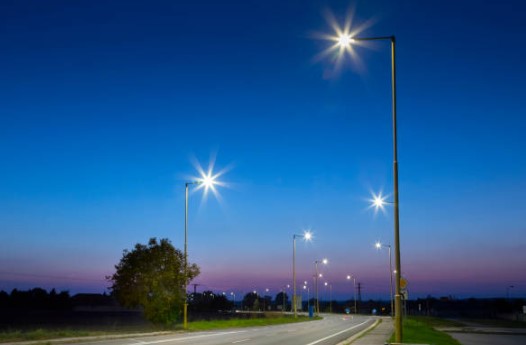Astrophotography is a challenging and rewarding pursuit that requires a combination of technical skill and artistic vision. One of the critical aspects of capturing clear and detailed images of the night sky is understanding and using dark frames. In this article, we'll explore what a dark frame is, why it's important, and how to use it in your astrophotography.
What is a Dark Frame?
A dark frame is an image taken with the lens cap on, or with the camera pointed at an area of complete darkness. This image captures the thermal noise, sensor noise, and other electronic noise that is present in your camera. By subtracting a dark frame from your final image, you can reduce or eliminate these sources of noise and improve the overall quality of your astrophotography.
Why is a Dark Frame Important in Astrophotography?
Astrophotography requires long exposures to capture the faint light from distant stars and galaxies. However, this long exposure time also means that your camera will pick up a significant amount of noise from the sensor and electronics. This noise can appear as random speckles in your final image and can make it difficult to see fine details in your astrophotography.
By taking a dark frame, you can reduce this noise and produce clearer and more detailed images. The dark frame captures the noise in your camera, and by subtracting this noise from your final image, you are left with a cleaner and clearer picture.
How to Take a Dark Frame
Taking a dark frame is relatively simple and requires only a few steps. Here's what you need to do:
- Put your lens cap on or point your camera at an area of complete darkness.
- Set your camera to the same exposure time as you plan to use for your astrophotography.
- Turn off the auto-focus and any other camera settings that may interfere with the dark frame.
- Take the dark frame by pressing the shutter release button.
It's important to note that you should take a dark frame for each exposure time you plan to use for your astrophotography. This is because the amount of noise in your camera can vary depending on the exposure time and temperature. By taking a separate dark frame for each exposure time, you ensure that you have an accurate representation of the noise in your camera for each exposure time.
How to Use a Dark Frame
Once you have taken your dark frame, you can use it to reduce noise in your astrophotography. Here's how to use a dark frame:
- Take your astrophotography exposure as normal.
- Subtract the dark frame from your astrophotography exposure using image processing software.
- The result should be a clearer and more detailed image with reduced noise.
There are many image processing software programs that you can use to subtract a dark frame from your astrophotography exposure, including Adobe Photoshop, GIMP, and PixInsight. Each program has its own set of tools and procedures for subtracting a dark frame, so it's a good idea to consult the user manual or online tutorials for specific instructions.
Conclusion
Dark frames are an important tool in the astrophotographer's arsenal, helping to reduce noise and produce clearer and more detailed images of the night sky. By understanding what a dark frame is and how to use it, you can take your astrophotography to the next level and capture stunning images of the cosmos.
I hope you have enjoyed this article. If you would like further information, please contact us at NiteScapeastro@mail.com or visit our website at https://nitescapeastrophotography.com/


Leave a comment
This site is protected by hCaptcha and the hCaptcha Privacy Policy and Terms of Service apply.